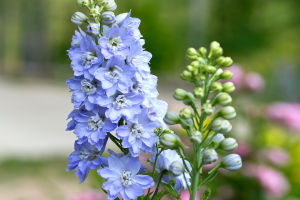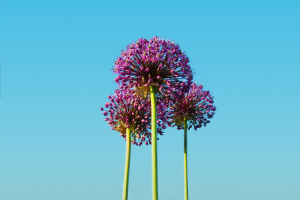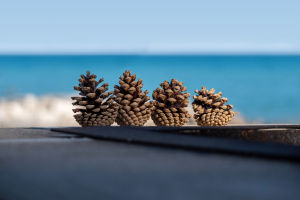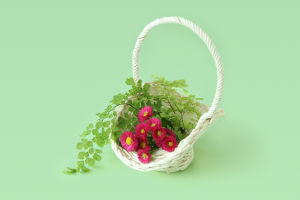
Hey there, Lykkers! If you're looking to brighten up your garden with beautiful, elegant flowers, then the Larkspur, also known as Delphinium, might be just what you need.
This perennial herb belongs to the buttercup family and is prized for its striking flower shape, which resembles a swallow in flight. With its delicate colors and impressive ornamental value, Larkspur is the perfect addition to any garden.
Plus, did you know its leaves, seeds, and even the whole plant can be used in traditional medicine? Today, we’ll dive into the specifics of how to plant and care for this lovely flower.
Seed Collection: Timing is Everything
The first step in growing Larkspur is collecting seeds, and timing here is crucial. Larkspur fruits don’t ripen all at once, so you’ll need to gather them as they naturally split open. In general, the first round of seed collection should happen in June, with a second collection of high-quality seeds taking place in July. After picking the seeds, make sure to dry and thresh them thoroughly to ensure they are ready for the next steps.
Best Time for Planting Larkspur
Larkspur can be planted both in spring and autumn, but there are specific guidelines to follow for each season. If you're planting in the fall, aim for mid-September. If you live in an area with high summer temperatures, be sure to avoid planting during the peak of the summer heat. For spring planting, make sure the temperature is mild, and you’ll see the seeds germinate around 15°C. It’s best to start in early spring and transplant seedlings when they have 2–4 true leaves.
Transplanting and Care Tips
Once your Larkspur seeds have sprouted and grown to around 2–4 true leaves, it's time to transplant them into your garden. Ideally, you should move them to sunny spots for better growth. When transplanting, don’t plant them too deeply—just enough to give the roots space to grow. Larkspur typically flowers from May to July, so keep an eye out for beautiful blooms.
Watering and Light Needs
Larkspur enjoys moist soil but is also quite drought-tolerant once established. During its flowering period, it's essential to water it regularly to prevent the soil from drying out. When it comes to light, Larkspur needs plenty of sunlight to thrive. However, it does appreciate some shade during the hottest summer months, so placing it in a semi-shaded spot could work well. This way, the plant can enjoy optimal sunlight without being scorched by midday heat.
Temperature and Fertilization
For the best growth, Larkspur prefers cool weather. Daytime temperatures between 20-25°C and nighttime temperatures ranging from 3-15°C are ideal. If you live in a warmer area, you may want to consider some shade or additional cooling methods for your plant. When it comes to feeding Larkspur, it thrives on regular fertilization. Apply fertilizer once every two weeks during the growing season, and add phosphorus and potassium-rich fertilizers 2–3 times before flowering to help it bloom longer.
Controlling Height and Preventing Disease
One helpful tip is to control the height of your Larkspur after transplanting. Using plant growth regulators like multi-effect or Bijo can help keep the plant at a manageable height. Apply them every two weeks until the plant begins to flower. Additionally, Larkspur can be prone to pests and diseases such as black spot disease, root rot, and leaf blight. Prevent these by applying diluted fungicides, such as 50% Mancozeb, to protect your plant.
Grow Larkspur and Watch Your Garden Bloom!
Now that you have a solid understanding of how to plant and care for Larkspur, it's time to take action and watch your garden transform with these stunning flowers. With proper care, from seed collection to pest management, you can enjoy the beauty of Larkspur year after year. Follow these tips, and soon you’ll be surrounded by vibrant blooms that will bring joy and color to your garden. Get started today, and let your green thumb shine, Lykkers! Happy gardening!
How to Grow Delphinium Flowers From Seed - From Planting Seed to Flowering Delphinium Plant
Video by Now This is Gardening with Joh


